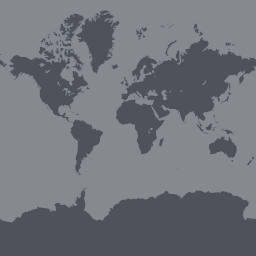On the north coast of Kenya lies the Arabuko-Sokoke Forest (ASF) and, once contiguous to ASF, the Gede Ruins National Monument forest. Recognized for its threatened forest landscape and unique biodiversity, ASF is a UNESCO biosphere reserve, considered by BirdLife as the second most important forest for threatened bird species conservation on mainland Africa. With its many globally threatened and endemic species, ASF is listed among the coastal forests of the eastern Africa biodiversity hotspot.
The combined effect of climate-change and socio-economic change in the region poses a high risk to this forest and its biodiversity. Management of the forest also has to accommodate competing conservation demands. Unfortunately, little evidence currently exists to quantify biodiversity trends and prioritize conservation efforts. Existing data is scattered and often ‘locked up’ in non-digitized or inaccessible digital form. This data could provide significant insights to inform ASF management decisions for biodiversity conservation and research if they were in an accessible format.
This project, lead by A Rocha Kenya, brings together the National Museum of Kenya (NMK), Kenya Wildlife Service (KWS), Animal Demography Unit of University of Cape Town (ADU), and the Arabuko-Sokoke Forest Guides Association (ASFGA) to improve access, digitization, quality and use of biodiversity data for birds, mammals, invertebrates, reptiles and higher plants with the goal of informing the management of this important, unique and threatened forest ecosystem.


